Review
Mazda enters a new segment with its CX-80 and brings an impressive competitor into the field. With low running costs, a roomy interior and high specification, combined with Mazda's plug-in hybrid engine, the CX-80 is a great option for company car drivers than need a large SUV.
Overview
Mazda’s new flagship SUV is its largest to date. The CX-80 joins a growing pool of seven-seat models but has a more premium edge than its direct competitors.
Effectively based on the existing CX-60, the CX-80 gains 225mm in wheelbase length. This opens up enough space for a third row of seats.
Mazda offers the car with multiple seat configurations, including a six-seat option, depending on customer need.
Two powertrains are offered in combination with five trim levels, each offering a high level of standard equipment. Pricing for the CX-80 starts at less than £49,000 and there is a fleet-friendly plug-in hybrid option for a cheaper company car tax proposition.
The range starts with Exclusive Line and expands with Homura, Homura Plus, Takumi and Takumi Plus. Option packs are available across the line-up, too.
Comfort and practicality
The CX-80 is a large and imposing car. Its footprint exceeds that of key rivals, like the Hyundai Sante Fe and Skoda Kodiaq, which is good news for interior space. There is a lot of room on board, especially for those in the front two rows.
The driver and front passenger are separated by a wide centre console and the raised driving position gives an excellent view of the road ahead.
Build quality is impressive and, depending on trim grade, there’s some tactile surface coverings.
All versions, from the entry-level Exclusive Line, come with leather upholstery as standard as well as heated front seats, a heated steering wheel and three-zone climate control.
Homura grade and above comes with softer nappa leather upholstery and ventilated front seats.
With all seats in use, there’s still a reasonable 258-litre boot space – more than a Kia Sorento or Hyundai Santa Fe offers. Although the Skoda Kodiaq provides around 90 litres more.
The two rear seats can be folded individually and sit flat into the floor, providing 566 - 687 litres of boot space, depending on the position of the sliding middle row.
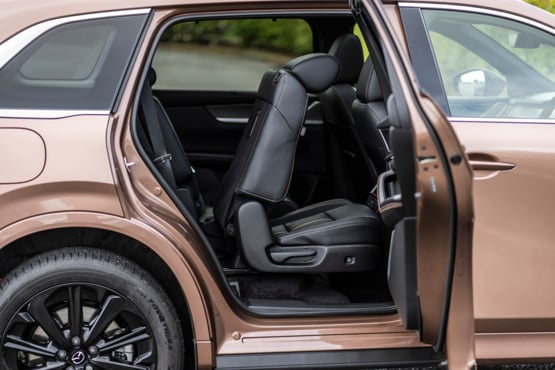
Access to the rearmost seats is straightforward. There’s a one-touch function fitted to Homura grade and above which electrically moves the middle row seats out the way. It is possible to get a couple of adults back there, although they won’t be particularly comfortable. Like all seven-seat SUVs, the CX-80 is best described as a 5+2 (unless you opt for the six-seat variant) whereby the rear seats are used occasionally or for children.
Safety and technology
Drivers who lament the fact that modern cars are reducing their button count in favour of touchscreens can rejoice. The CX-80 has a very conventional interior layout with a full array of controls and switches.
There is a large infotainment screen at the top of the dashboard, which uses a rotary controller in the centre console.
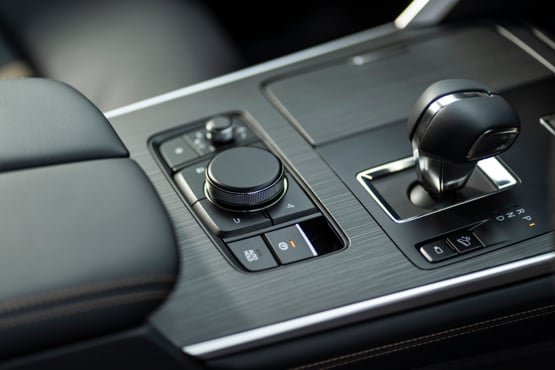
Access to most functions is straightforward and easy, there’s even a button to mute the various beeps and bongs emitted by the driver assistance systems.
A head-up display comes as standard, too, and our favourite feature is the Mazda Driver Personalisation System, which uses a camera in the dashboard to identify the driver and load their pre-configured settings and seat position.
All versions get blind spot monitor, lane keep assist and cross traffic alert, as well as parking sensors and a reversing camera.
Euro NCAP hasn’t performed a crash test, yet, but we’d expect the CX-60’s five-star rating to carry over to the CX-80.
Driveability and range
Mazda prides itself on making cars that are engaging and good to drive. As a large family car with seven seats, the CX-80 isn’t setup to be ultra nimble. Instead it focuses on comfort and refinement.
It’s a very quiet car, on the move, and the suspension setup delivers a comfortable ride.
There is a degree of agility to the CX-80, which comes in handy in the event of an emergency manoeuvre.
All versions have all-wheel-drive, adding to sense of assurance.
The plug-in hybrid uses a 2.5-litre petrol engine supported by an electric motor, giving a total output of 327PS. It achieves an official zero-emission range of 38 miles, which places the car in the 12% benefit-in-kind tax band.
We’ve only had a limited drive in the car, so far, but we’d expect a real-world achievement of around 30 miles from the 17.8kWh battery.
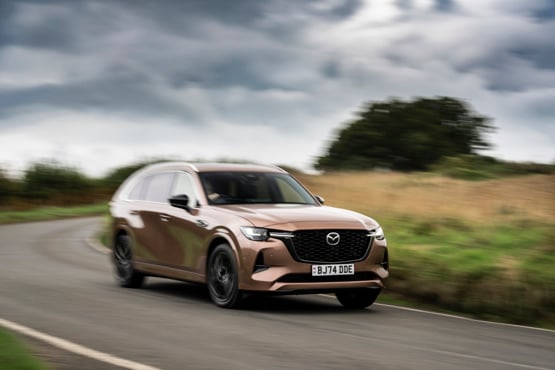
On a 50-mile test loop, the car achieved a combined fuel consumption of 90mpg utilising both electric and petrol reserves in ‘hybrid’ mode. With a depleted battery the car achieves 30-35mpg.
Performance is impressive, with acceleration from 0-62mph taking less than eight seconds, and plenty of mid-range shove for overtaking. The transition from electric to petrol isn’t as smooth as it is in some other PHEV models and there’s sometimes a hesitation when you hit the throttle before it really gets going. We also noticed the electric motor is more audible in stop start traffic than we’re used to.
A diesel powertrain is also offered, although the company car tax position (34% BiK) makes it financially unattractive. Using a 3.3-litre in-line six-cylinder powertrain, with mild hybrid technology, the diesel CX-80 is like a car from a bygone era. The engine is smooth, powerful and capable of mid-40s mpg in real-world driving. There’s a reassuring growl from under the bonnet when it’s worked hard, although in most situations its barely getting above tickover speed.
Company car tax and running costs
The CX-80 PHEV is the cheapest powertrain option across the board. It has the lowest list price, lowest running costs and the lowest company car tax.
It has a slight cost advantage when compared to the Hyundai Sante Fe, which starts at £3,000 more. Running costs are similar at 49ppm for the Mazda and 50ppm for the Hyundai over a four-year 80,000-mile cycle.
The Kia Sorento is a cheaper option, however, costing 46ppm.
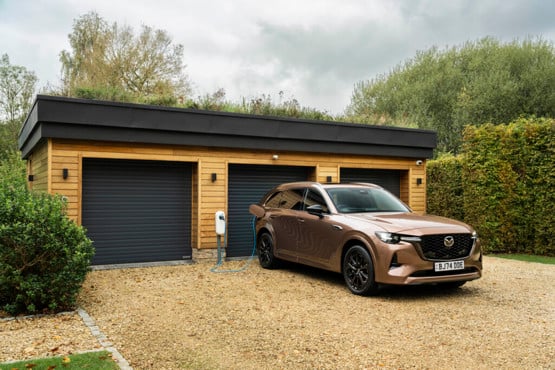
Benefit-in-kind tax will come in at just under £100 per month for drivers choosing the entry-level CX-80 Exclusive Line.
Another rival to consider is the new Peugeot 5008 plug-in hybrid. It’s spacious, well-equipped and sits in the 8% BiK band. In range-topping GT trim it still undercuts the Mazda by £1,800 and has running costs of just 45ppm.
Mazda does have one advantage over all these rivals and it is power. With 327PS it’s significantly more powerful than the others.
Matt has been an automotive journalist for nine years and has driven just about every new car and van that's on sale. As content editor - vehicles he is responsible for the automotive content on Fleet News and also contributes to Automotive Management. Prior to this, Matt worked in the automotive industry for 10 years.


Specs
| Manufacturer | Mazda |
| Model | Cx-80 Estate |
| Specification | Mazda Cx-80 Estate 2.5 PHEV Exclusive-Line 5dr Auto AWD |
| Model Year | 2025.00 |
| Annual VED (Road tax) | £110 |
| BIK List Price | £49,615 |
| Range | 38.00mile(s) |
| CO2 | 35g/km |
| BIK Percentage | 13% |
| Insurance Group | N/A |
| CC | 2,488 |
| Fuel Type | Petrol Parallel PHEV |
| Vehicle Type | Large SUV |
| Luggage capacity (Seats up) | 566litres |
| Doors | 5 |
Running Costs
| P11D | £49,615 |
| Cost per mile | 56.78ppm |
| Residual value | £20,250 |
| Insurance group | N/A |
| Fuel Type | Petrol Parallel PHEV |
| Cost per mile | 193.25ppm |
| Fuel | 3.57ppm |
| Depreciation | 187.20ppm |
| Service maintenance and repair | 2.48ppm |
Rivals
Info at a glance
-
P11D Price
£49,615
-
MPG
176.6 (WLTP) -
CO2 Emissions
35g/km -
BIK %
13% -
Running cost
3 Year 60k : £20,250 4 Year 80k : £16,150 -
Fuel Type
Petrol Parallel PHEV -
Range
38.00mile(s)



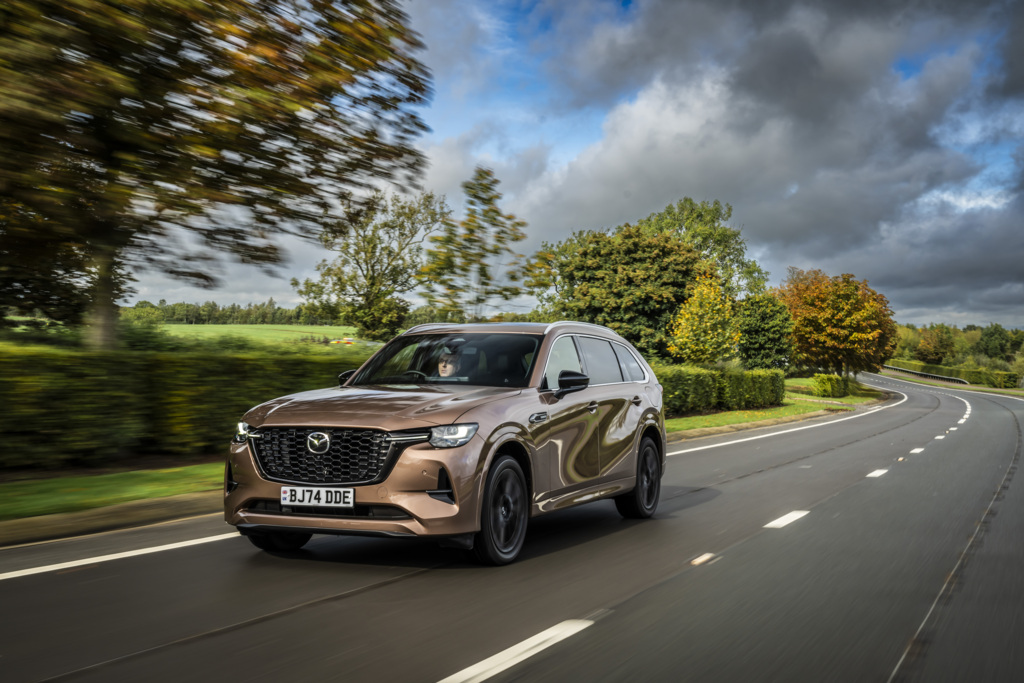

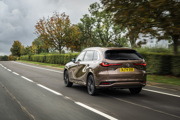
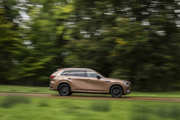
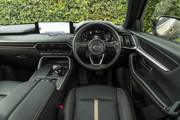
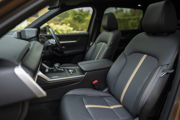
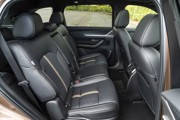
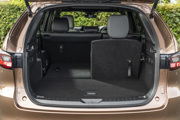
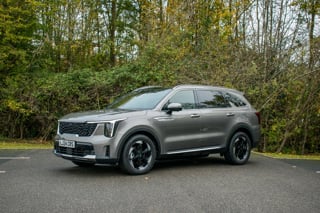
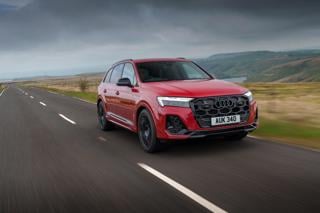
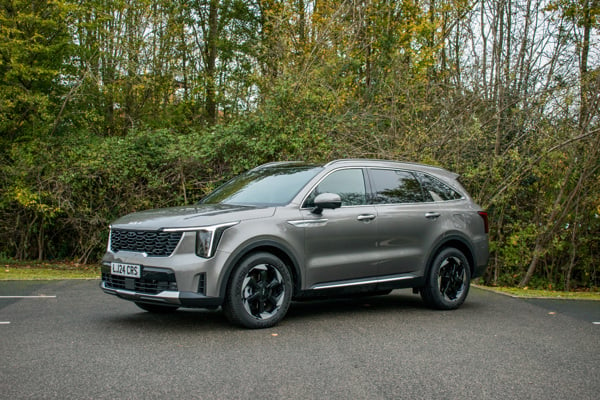

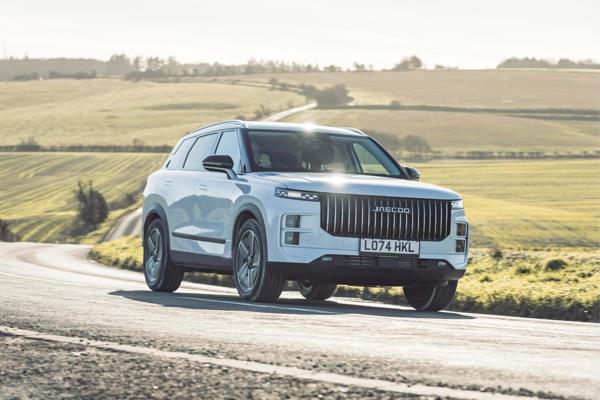
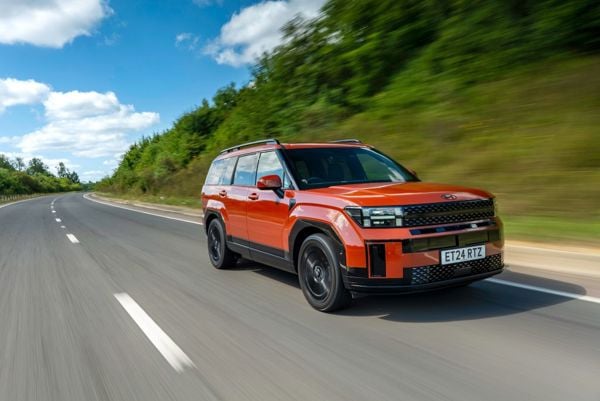
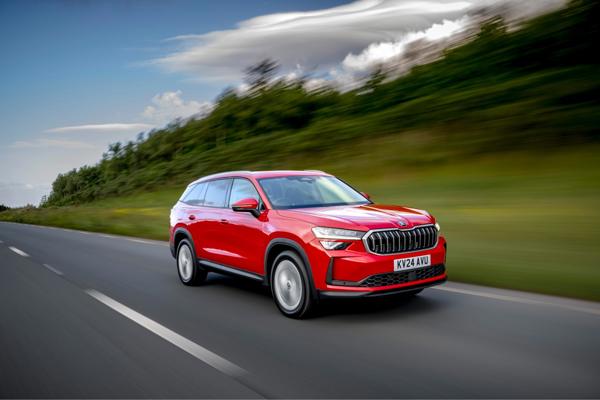

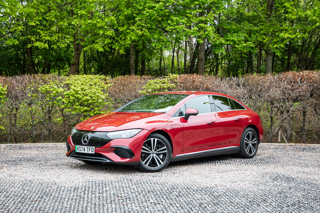

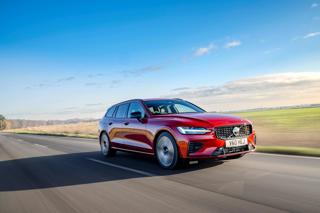
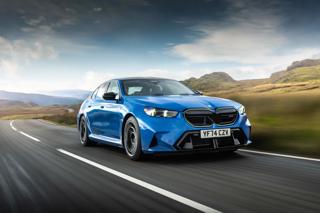












Login to comment
Comments
No comments have been made yet.